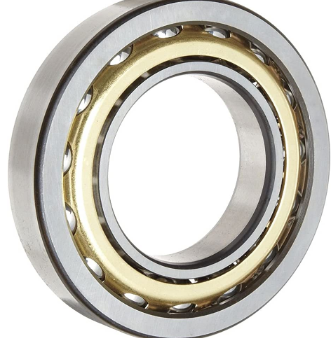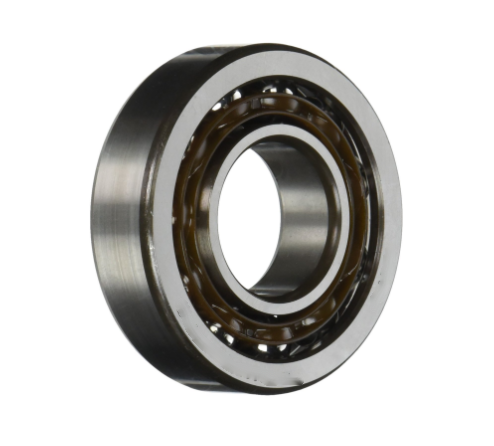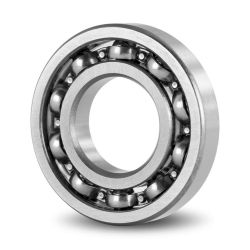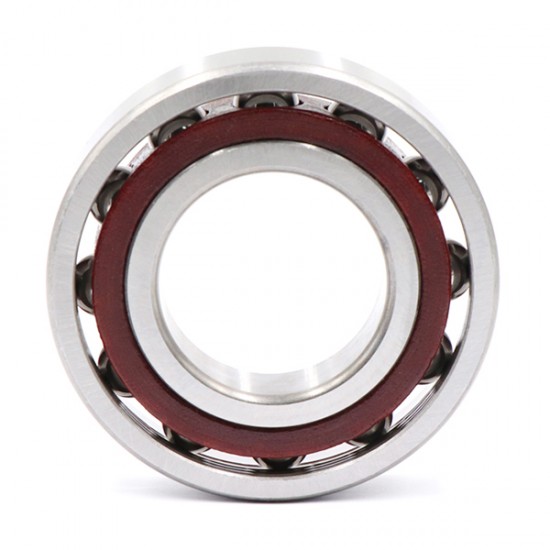Single Row Angular Contact Ball Bearing
Single row angular contact ball bearing
Single row angular contact ball bearing can only withstand a direction of axial load, in bearing radial load, will cause additional axial force. And can only limit the axial displacement of the shaft or shell in one direction. Angular contact ball bearings have a contact angle of 40 degrees, and can therefore withstand large axial loads. The angular contact ball bearing is a non-separate design with different shoulder heights on both sides of the inner and outer ring. In order to increase the load capacity of the bearing, the shoulder on one side is machined lower, thus allowing the bearing to fit more balls.
Single row angular contact ball bearing
Single row angular contact ball bearing can only bear a direction of axial load, in bearing radial load, will cause additional axial force, must be applied to the corresponding reverse load, therefore, this kind of bearing are generally used in pairs

Mounting forms
Angular contact ball bearing fast and easy automatic selection book can provide selection, angular contact ball bearing mounting forms, there are back-to-back, face-to-face and tandem arrangement of three. Back to back (two bearings of the wide end face relative) installation, bearing contact angle line along the direction of the rotary axis diffusion, can increase its radial and axial support angle rigidity, resistance to deformation capacity of the largest; face to face (two bearings of the narrow end face relative) installation, bearing contact angle line towards the rotary axis direction convergence, its support angle rigidity is smaller. As the inner ring of the bearing extends out of the outer ring, when the outer ring of the two bearings are pressed together, the original clearance of the outer ring is eliminated, which can increase the preload of the bearing; Tandem arrangement (the wide end face of the two bearings in one direction) when installed, the contact angle line of the bearing in the same direction and parallel, can make the two bearings share the same direction of the working load. However, when using this mounting form, in order to ensure the axial stability of the installation, two pairs of bearings in tandem arrangement must be installed at the opposite ends of the shaft.









